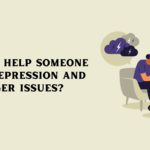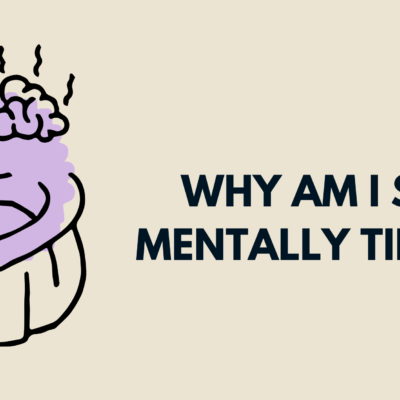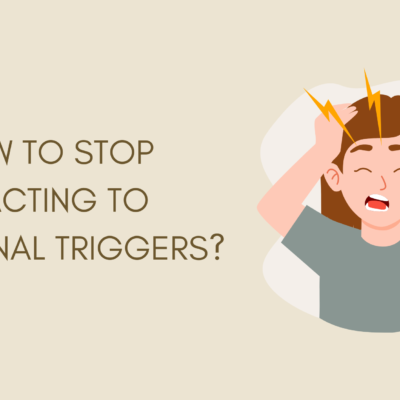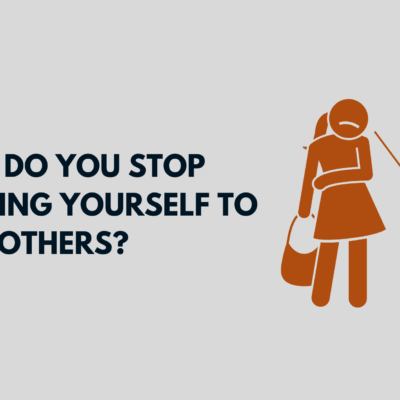How to Stop Yourself From Crying: Tears are a natural and healthy part of being human. Crying is the body’s emotional release valve—a physical response to sadness, frustration, joy, stress, or even relief. But there are times when you might want to hold back tears, especially in professional settings, public places, or during tough conversations where you wish to stay composed.
This article explores practical, psychological, and physical strategies to help you understand, manage, and—when needed—stop yourself from crying. We’ll also address why crying happens, when it’s okay (and necessary) to cry, and when holding it back might be harmful.
Also Read:
Why Do We Cry?
Before we learn how to stop crying, it’s helpful to understand why we cry in the first place. Crying is controlled by the brain’s limbic system, which regulates emotion. Common reasons for crying include:
- Emotional distress (grief, heartbreak, anxiety)
- Physical pain
- Overwhelm or stress
- Joy or relief
- Empathy or connection
- Hormonal changes (e.g., PMS, postpartum)
Sometimes, crying isn’t about one specific thing—it can be the result of emotional buildup over time. That’s why tears may come unexpectedly, even in seemingly minor situations.
Is It Bad to Cry?
Absolutely not. Crying is a natural form of emotional expression and even has health benefits, such as:
- Reducing emotional stress
- Releasing feel-good hormones like oxytocin and endorphins
- Helping you process grief or emotional trauma
However, the urge to stop yourself from crying might arise when:
- You’re in a professional environment
- You’re having a difficult but necessary conversation
- You want to appear strong or in control
- You’re tired of feeling emotionally vulnerable in front of others
In such cases, learning how to pause or manage your tears can be helpful.
Step-by-Step Guide to Stop Yourself from Crying
1. Focus on Your Breathing
Breathing is your body’s direct connection to your nervous system. When you feel tears coming on, your breathing may become shallow or erratic.
How to use breathing to stop crying:
- Inhale slowly through your nose for a count of 4
- Hold your breath for a count of 2
- Exhale gently through your mouth for a count of 6
- Repeat for 3–5 cycles
This activates the parasympathetic nervous system, calming your body and interrupting the emotional intensity.
2. Engage Your Body: Grounding Techniques
Disrupt the emotional wave by grounding yourself in the present moment:
- Clench your fists or toes and release them slowly
- Press your tongue to the roof of your mouth
- Hold a cold object (a metal pen, a cold drink, etc.)
- Change your posture—stand up straighter or shift your weight
- Tap your foot or move your fingers rhythmically
These techniques divert your brain’s attention from your emotional state to a physical task.
3. Blink Rapidly and Look Up
Crying often begins with watery eyes. Rapid blinking can help hold back tears by redistributing moisture and keeping your eyes from overflowing.
Looking upward helps reduce tear flow and prevents the tears from spilling down your face. It also engages the frontal cortex, which is involved in logic and concentration, pulling your brain slightly out of the emotional zone.
4. Tense Your Facial Muscles
Tears are often triggered when your facial muscles relax in sadness. Temporarily tensing your muscles helps regain control.
Try this:
- Suck in your cheeks
- Tighten your jaw
- Pinch the bridge of your nose (gently)
- Raise your eyebrows and hold for a few seconds
It may feel awkward, but it interrupts the crying reflex just long enough to regain control.
5. Distract Your Mind
Crying is often connected to looping thoughts or emotionally triggering narratives. To stop it, try an immediate mental distraction:
- Recite a poem, phone number, or your grocery list in your head
- Do quick math problems (e.g., count backwards by 7s)
- Mentally list all the countries that start with a certain letter
- Imagine a funny or neutral scene
Distraction doesn’t fix the problem long-term, but it can buy you time to get through a sensitive moment.
6. Excuse Yourself—Take a Break
If you’re in a public or professional setting and feel overwhelmed, it’s perfectly okay to step away. Excusing yourself for a minute gives you privacy to breathe, reset, and release if needed.
Find a quiet room, restroom, or outdoor space. Even 60 seconds of solitude can help you regain composure.
7. Hydrate or Chew Something
Drinking water helps because:
- It gives your body a task
- Swallowing distracts the crying reflex
- Hydration soothes the throat (which tightens when you’re about to cry)
Similarly, chewing gum or a mint can calm your body by engaging your mouth in a rhythmic, soothing movement.
8. Challenge Your Thoughts
Much of our crying is tied to inner dialogue—the stories we tell ourselves:
- “I can’t handle this.”
- “Everyone is judging me.”
- “I always mess things up.”
Use compassionate reasoning to challenge these thoughts:
- “This is hard, but I’m allowed to feel this way.”
- “I don’t have to cry right now to be valid.”
- “I can be emotional and still handle this moment.”
Changing your thoughts helps shift your emotional response.
9. Use Visualization
Imagine a container in your mind—a box, a jar, a chest. Visualize placing your emotions inside it, sealing it for now. Tell yourself:
“I’ll come back to this when I’m ready.”
This mental exercise helps give you emotional distance without invalidating what you feel.
10. Practice Exposure Over Time
If you find yourself frequently crying during specific triggers (arguments, criticism, stress), consider practicing exposure and desensitization.
Work with a therapist or coach to rehearse these conversations in a safe space. Role-play helps you build emotional resilience so you’re better equipped for high-pressure moments.
When Not to Hold Back Tears
While stopping yourself from crying can be useful at times, it’s not always healthy to suppress your emotions. Constantly bottling up feelings can lead to:
- Emotional burnout
- Anxiety
- Depression
- Physical tension or illness
Let yourself cry when you’re in a safe space or with someone you trust. Crying is a release, not a weakness.
Long-Term Strategies to Cry Less Frequently
If you find yourself crying more than you’d like, it may be a sign of:
- Chronic stress
- Unresolved trauma
- Depression or anxiety
- Hormonal imbalances
In such cases, consider:
- Therapy (CBT is especially effective)
- Journaling to process emotions
- Meditation or mindfulness to reduce emotional reactivity
- Physical activity, which helps regulate mood
- Building emotional awareness through reading or group support
Learning to regulate—not suppress—your emotions is the goal.
Final Thoughts
There’s nothing shameful about crying. It’s one of the most human ways to express pain, love, fear, and joy. But in moments where tears might not serve you—or where you want to appear strong, clear-headed, or professional—learning to manage your emotions is a valuable skill.
Remember:
- You are not weak for crying.
- You are not cold for choosing not to cry.
- You are allowed to feel deeply and learn how to stay composed when needed.
The power lies not in being emotionless, but in learning how to navigate emotions wisely and compassionately.






